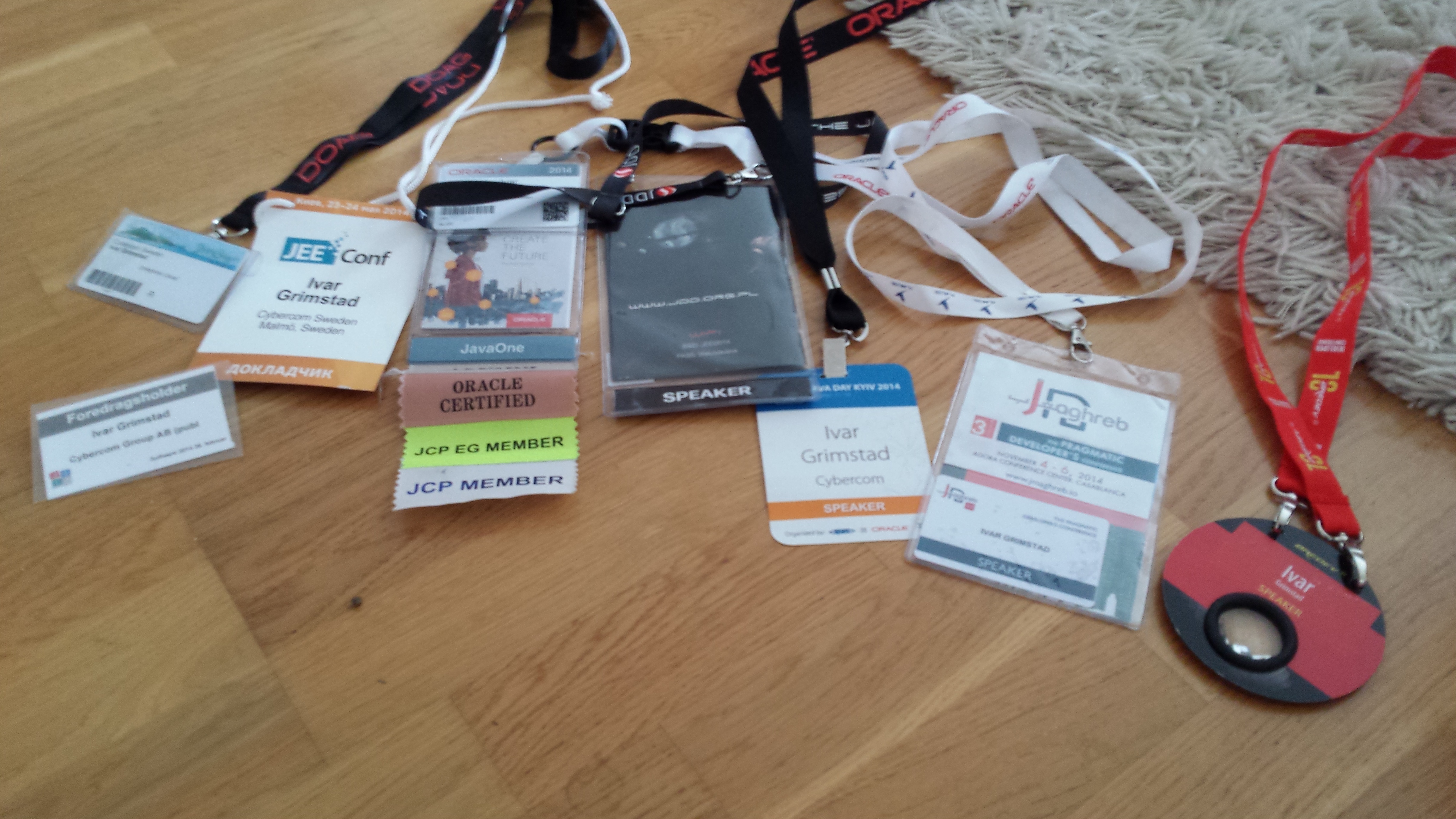It was an excellent Javaforum meeting in Malmö at FooCafé Yesterday with three brilliant presentations….or at least two brilliant! I will leave the verdict for the last up to you since I am kind of biased…
Well, anyway, here are the slides from my presentation. Below, you will find some comments and thoughts from the discussions under and following the presentation.
Branching Strategy
This is always a hot topic when brought up. I still believe that excessive branching is evil, especially in the context of Continuous Delivery. The longer period of time a piece of code is kept away from the main part of the code, it is more likely to fail. Thus pulling and pushing (or the equivalent of your preferred VCS or DVCS) is the key to make sure that all developers are actually working on the same code base. Frequent pull/push combined with the right techniques, such as Branch by Abstraction, makes the use of the evil feature branches unnecessary even when performing so called major refactorings.
The use of Gerrit was also discussed in this context. Even though it involves a manual step (the approval) and use branching as underlying technique, I think that as long as you see it as a part of the Commit Stage and do not let the unapproved code branches batch up it is an excellent tool for securing the quality of the code base. The caveat is if the approvals starts lacking and you end up with a lot of small parts of code in their own gerrit generated branch awaiting approval that nobody is aware of.
Deployment Scrips
Should you run deployment scrips even on your local development environment? Well, it depends. Normally, you will get much faster feedback by running the application by using the application server support in your IDE. Most IDEs supports hot deploying on save nowadays. But if you make changes to the code that is likely to affect the deployment scrips, or if you are developing the deployment scripts, you should of course test them locally to be sure that they run as expected. Remember that the deployment scripts are also a part of your code base.
Another example is if the target environment is Linux and the developers are running Windows. If the target environment is not likely to change, I see no reason why you should clutter the deployment scripts with OS-specific code or, God forbid, have two versions of the scripts.


